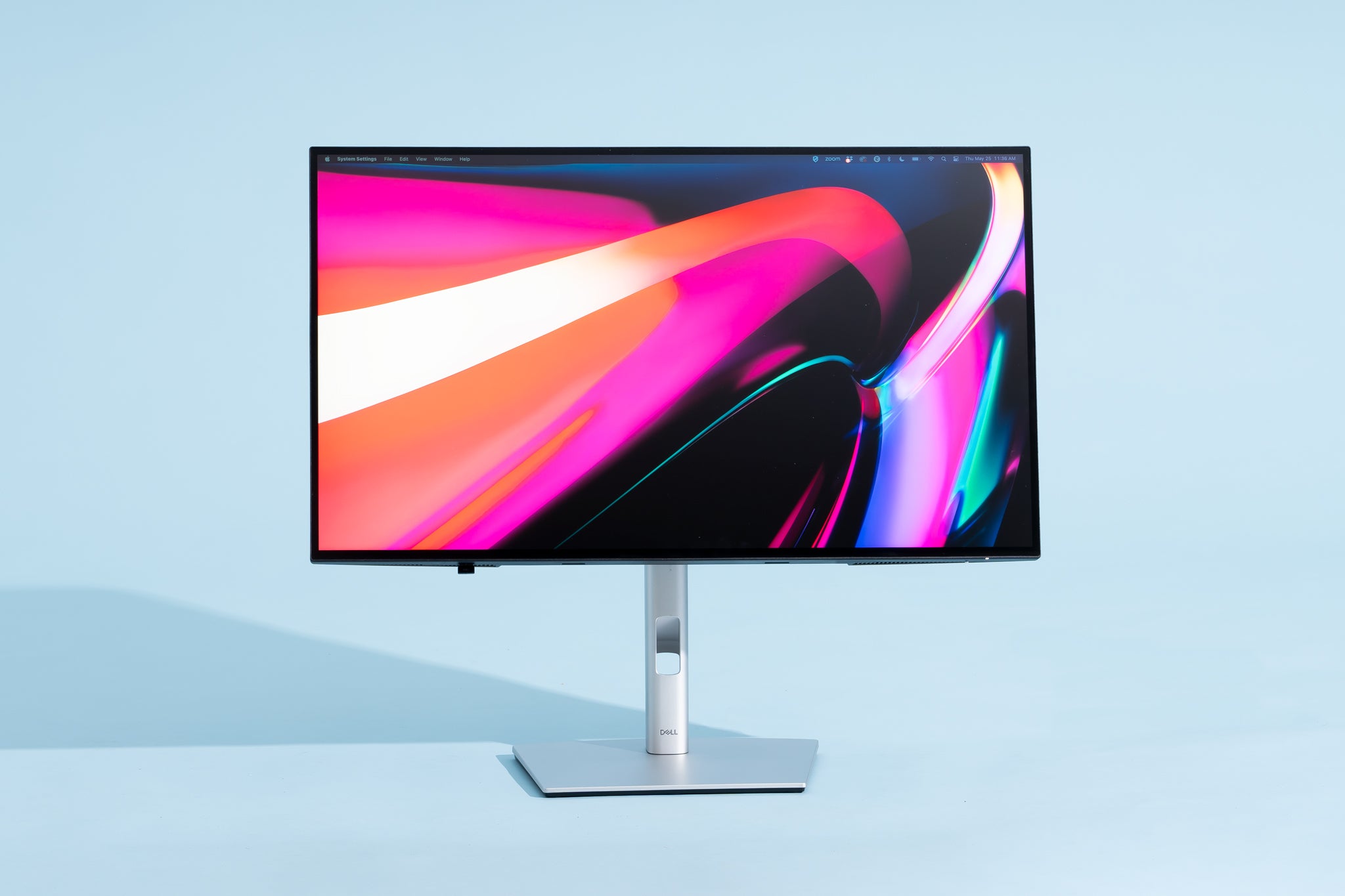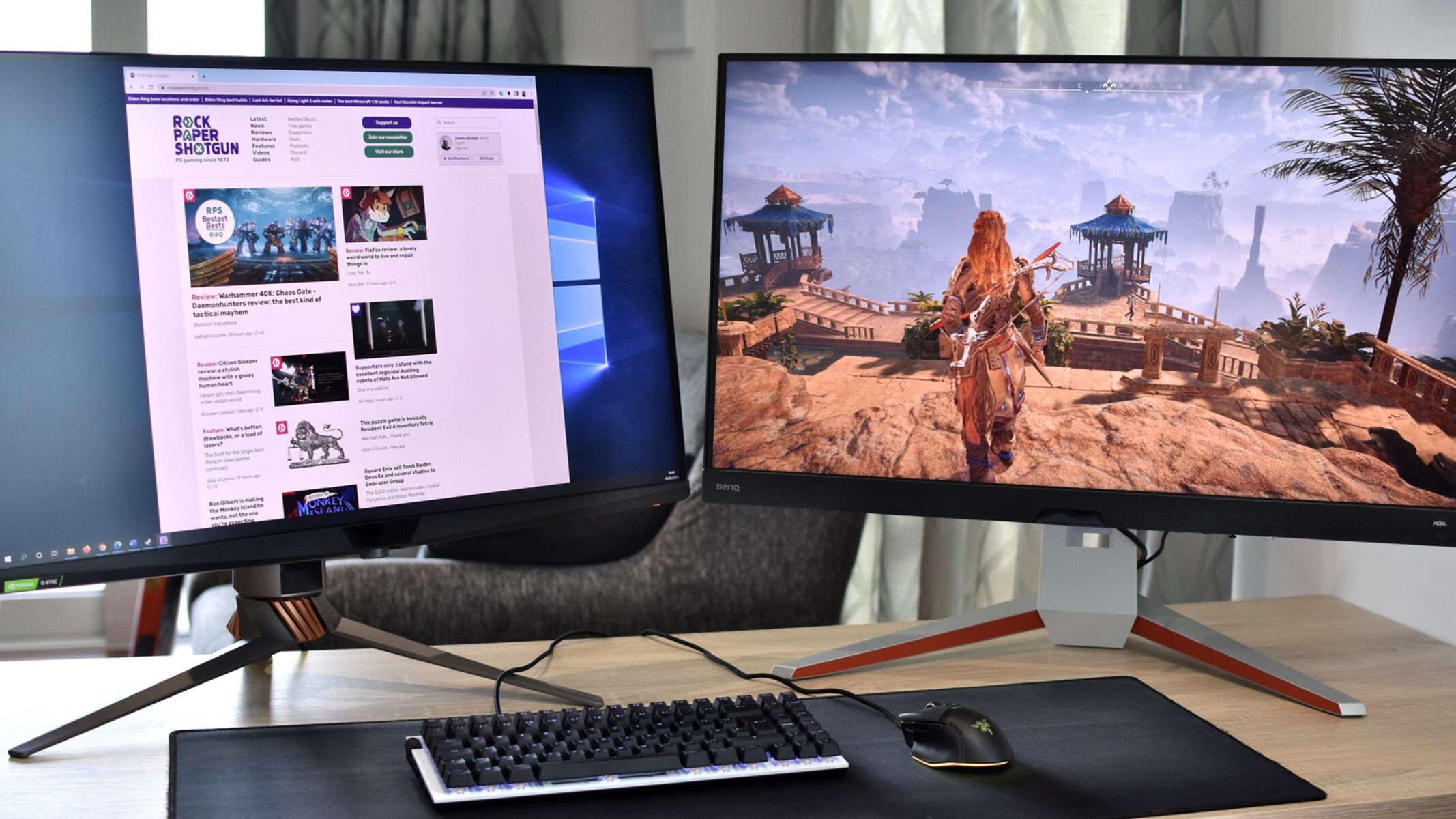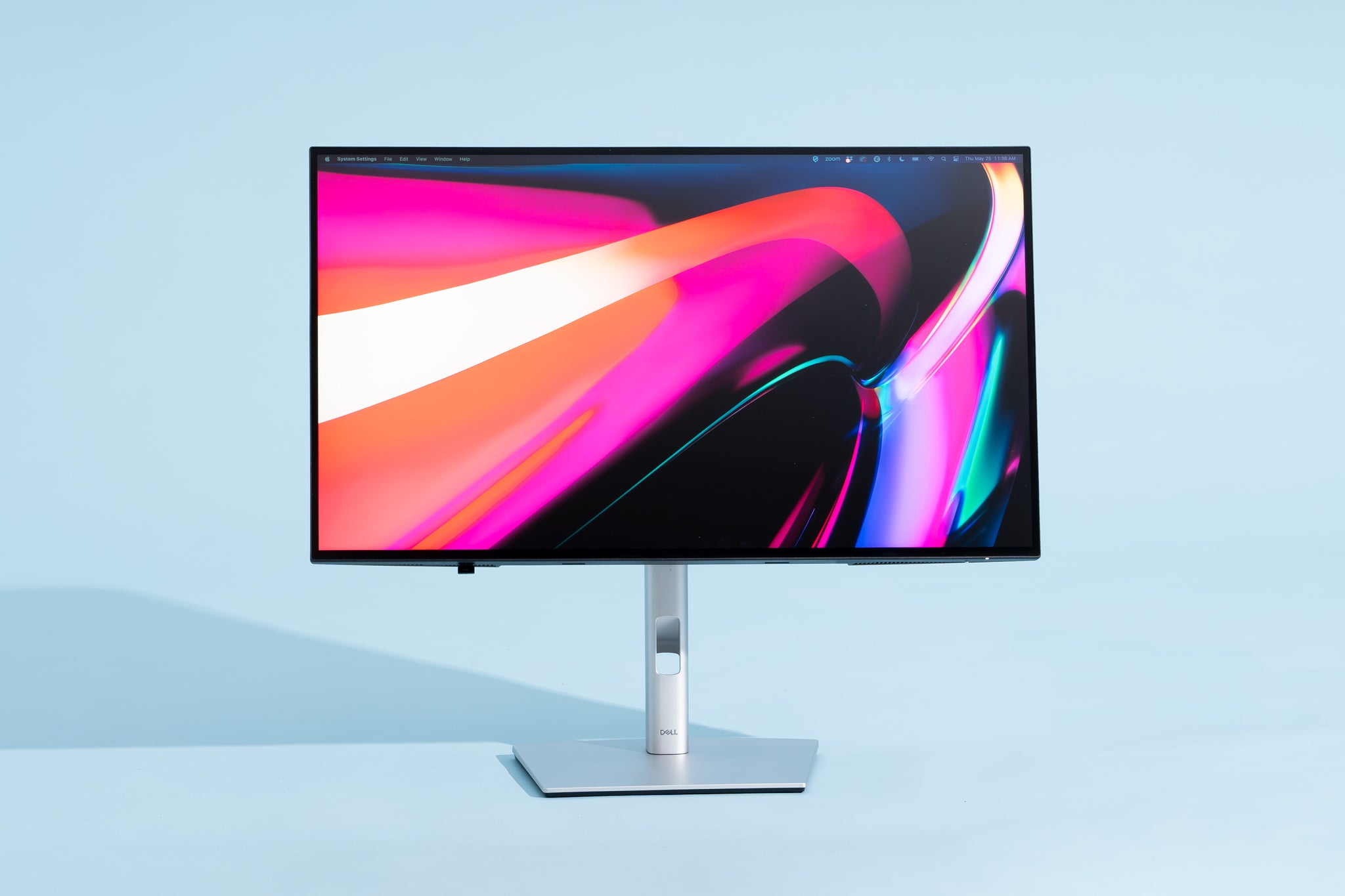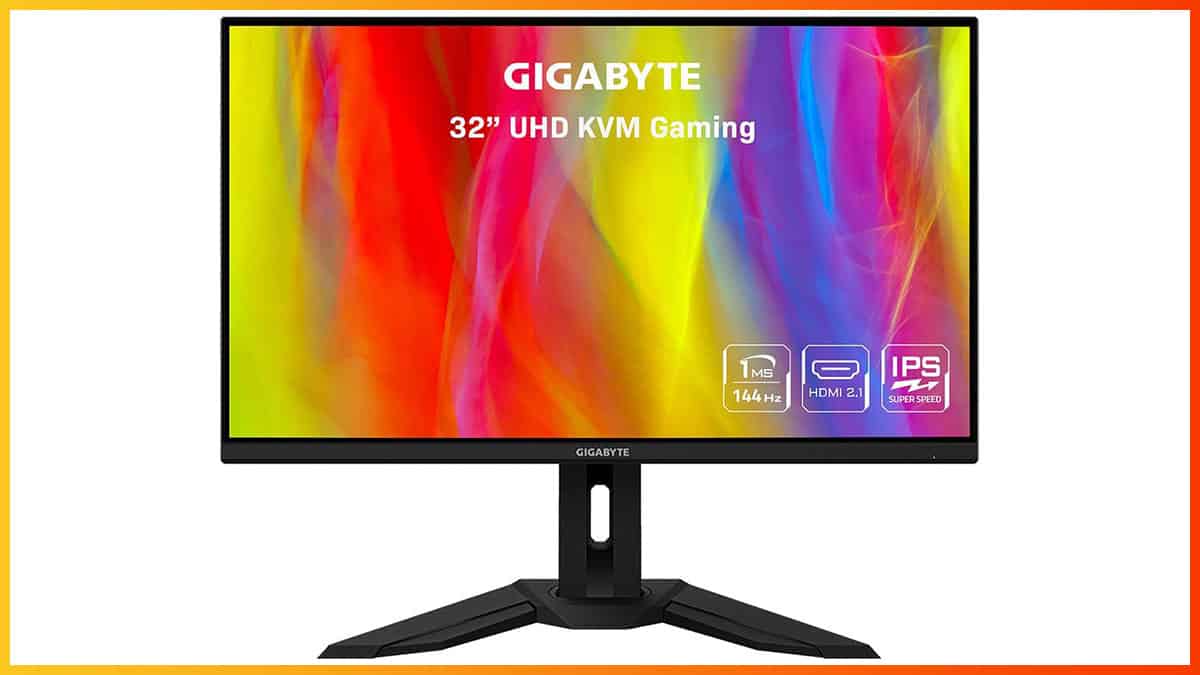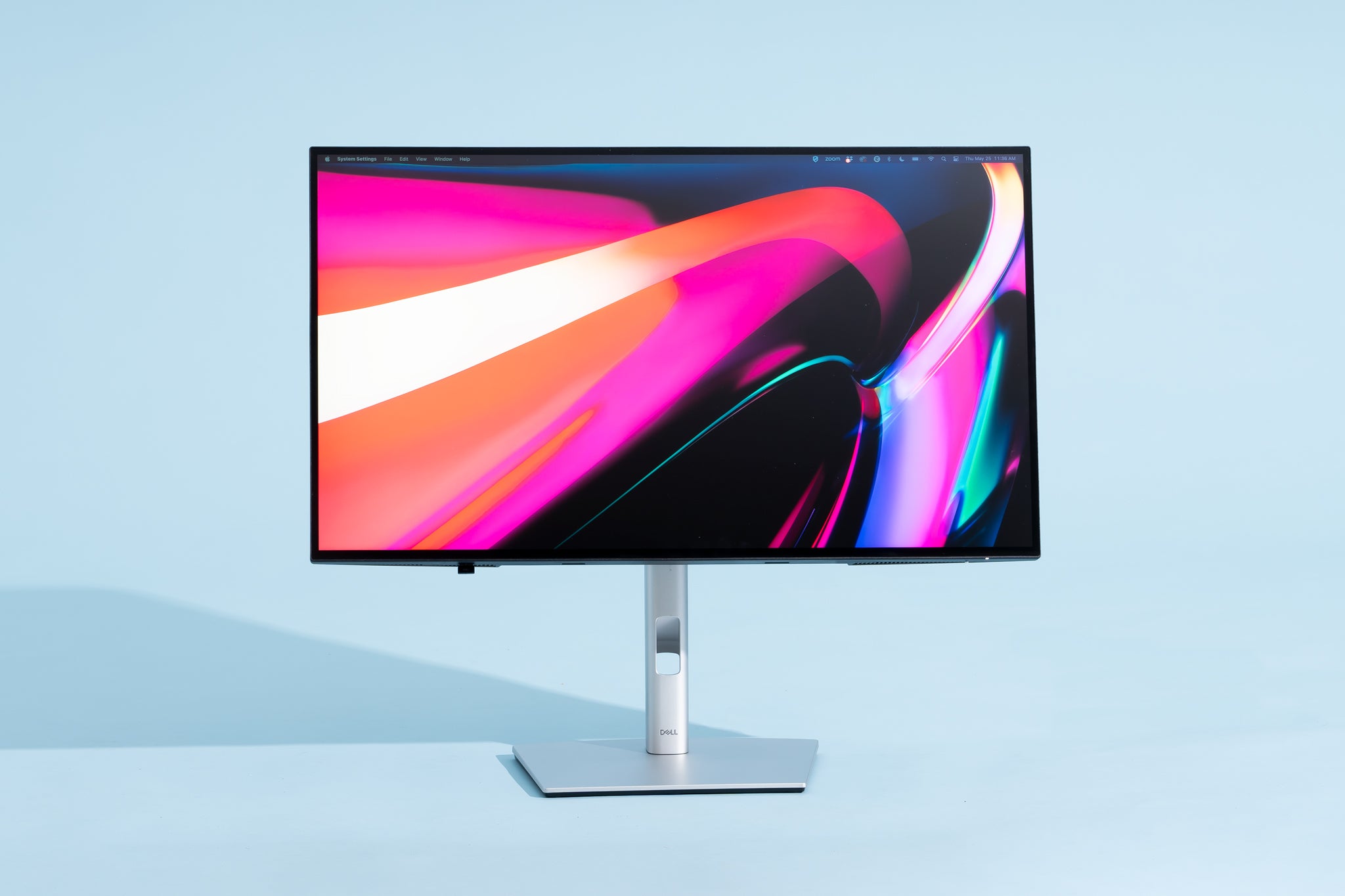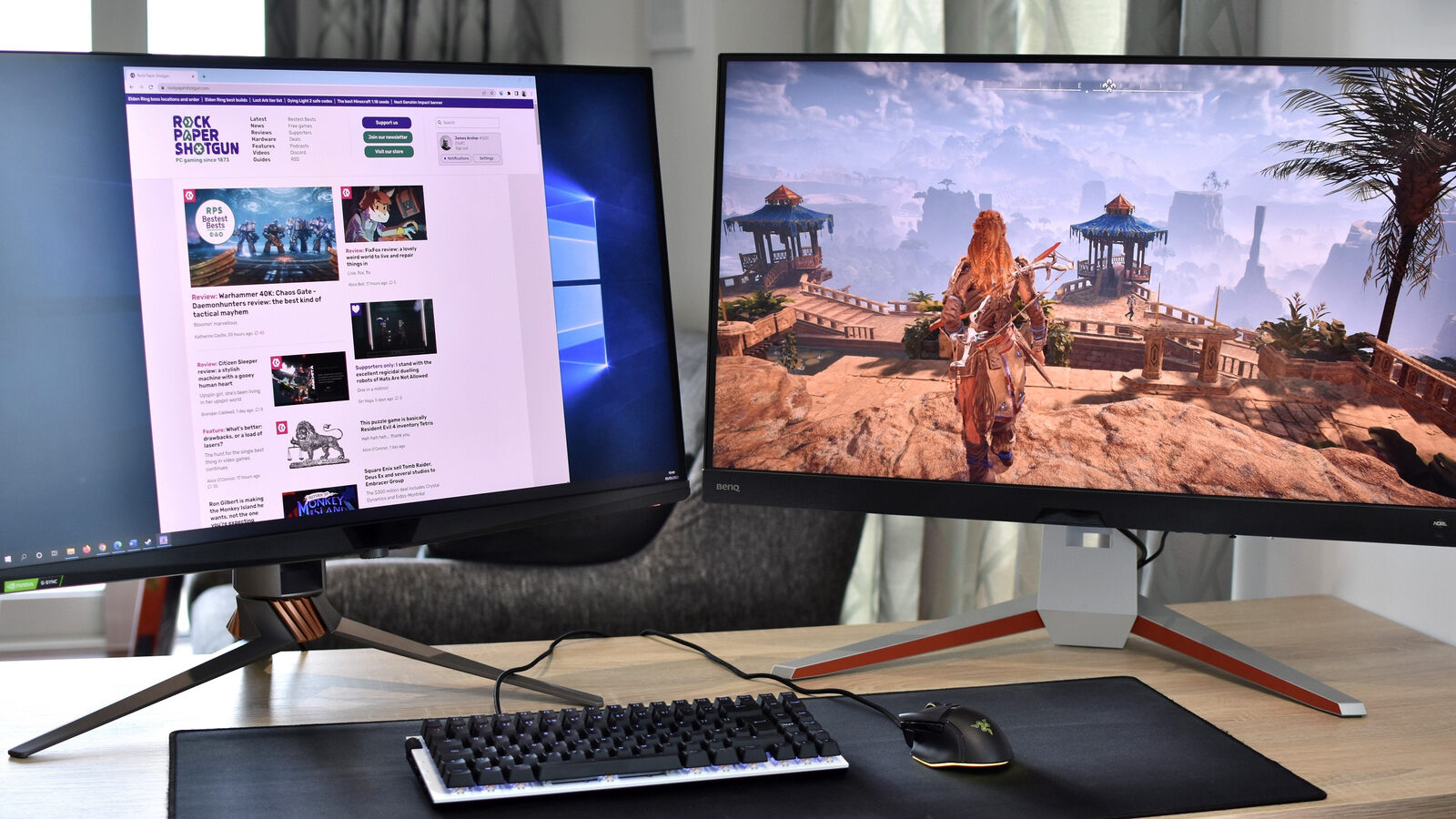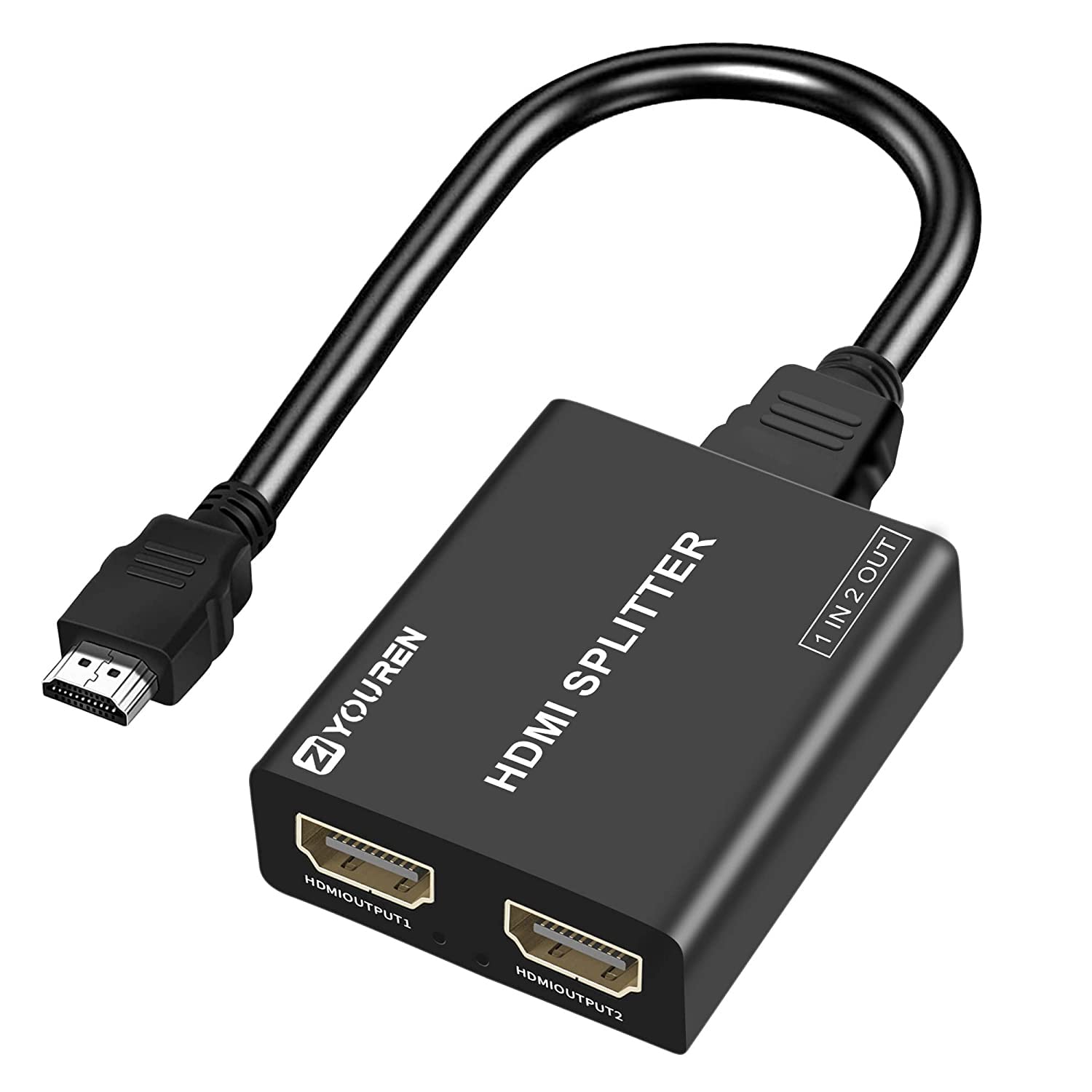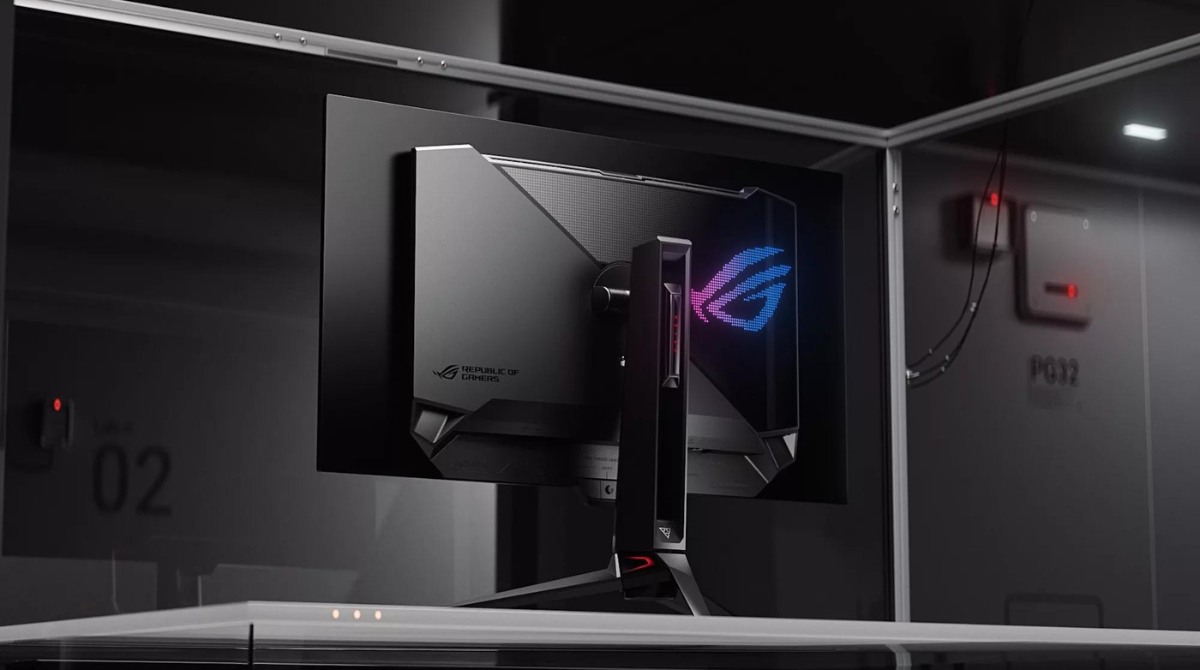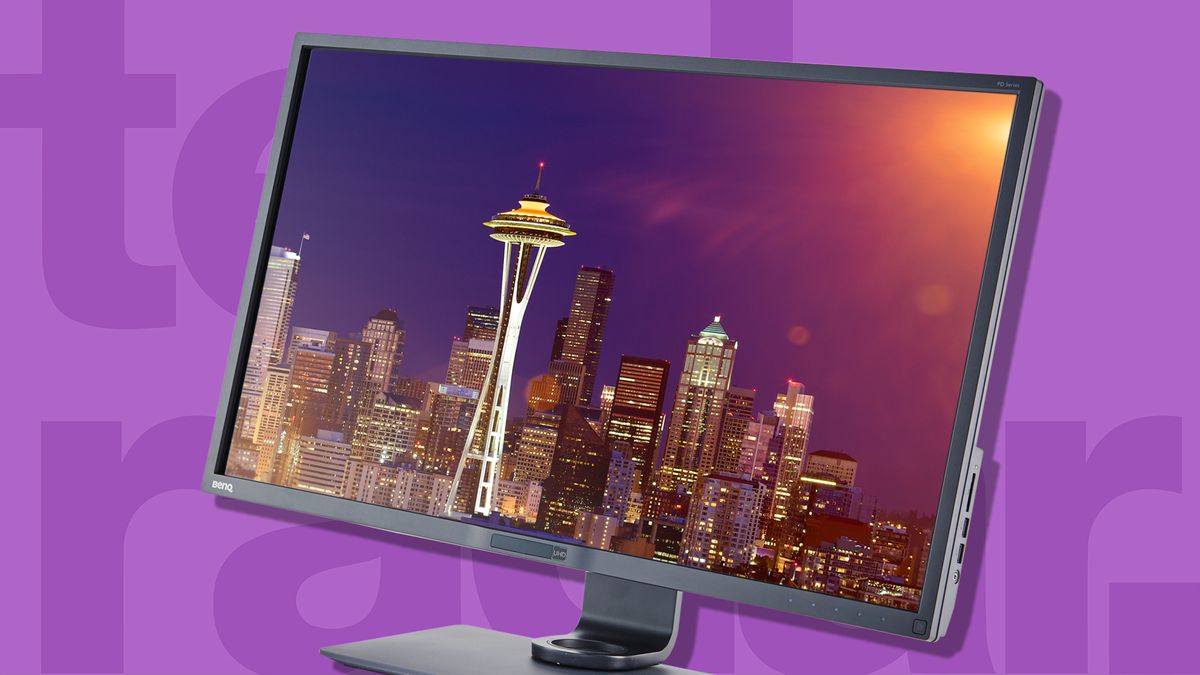Introduction
Welcome to the world of gaming where every detail matters, from the graphics to the sound, and of course, the monitor you choose. If you’re a gaming enthusiast looking to take your gaming experience to the next level, you’ve probably heard about 4K gaming monitors. These cutting-edge displays offer stunning visuals with their high resolution, providing gamers with an immersive and lifelike gaming experience.
However, when it comes to choosing the right 4K gaming monitor, there are various factors to consider. One important aspect that often gets overlooked is the refresh rate, typically measured in Hz. The refresh rate determines how many times per second the image on the screen gets refreshed. A higher refresh rate means smoother motion and reduced motion blur during fast-paced gaming moments.
In this article, we’ll dive deeper into the world of 4K gaming monitors and explore the significance of Hz for an optimal gaming experience. We’ll discuss how many Hz you actually need for a 4K gaming monitor and what factors you should consider when choosing the right Hz for your gaming needs. Whether you’re a casual gamer or a competitive esports player, understanding the role of Hz in gaming will help you make an informed decision when selecting your next 4K monitor.
So, grab your controller, settle into your gaming chair, and let’s explore the world of 4K gaming monitors and the importance of Hz for an unmatched and seamless gaming experience like never before!
What is a 4K gaming monitor?
A 4K gaming monitor is a type of display that offers a resolution of 3840 x 2160 pixels, also known as Ultra HD or UHD. This resolution provides four times the number of pixels compared to a traditional Full HD monitor, resulting in incredibly sharp and detailed visuals. With the rise of advanced GPUs and gaming technologies, 4K gaming monitors have become increasingly popular among gamers who crave a more immersive and realistic gaming experience.
With a 4K gaming monitor, you can enjoy games with stunning clarity, vibrant colors, and intricate details that were previously unseen with lower resolution displays. The increased pixel density allows for sharper images and smoother curves, making the gaming world come to life right before your eyes.
Furthermore, a 4K gaming monitor is also perfect for non-gaming activities such as content creation, video editing, and watching movies. The high resolution ensures that every pixel is finely rendered, resulting in a visually captivating experience no matter what you use the monitor for.
It’s important to note that in order to fully appreciate the benefits of a 4K gaming monitor, you’ll need a capable gaming rig that can handle the demanding graphics requirements. A powerful GPU is essential to smoothly render the graphics at such a high resolution. Additionally, the larger display size of 4K monitors, typically ranging from 27 to 32 inches or more, allows for a more immersive gaming experience.
In summary, a 4K gaming monitor provides unparalleled visual quality and detail, offering a level of realism and immersion that is unmatched by lower resolution displays. Whether you’re gaming, creating content, or simply enjoying multimedia, a 4K gaming monitor elevates your experience to a whole new level.
What is Hz?
Hz, short for Hertz, is a unit of measurement that represents the refresh rate or the number of times a display screen refreshes per second. It measures the frequency at which the image on your monitor is updated, effectively determining how smooth and fluid the motion appears on the screen. In simpler terms, the higher the Hz, the more times the screen refreshes, resulting in smoother and more lifelike visuals.
Hz is especially important in gaming, where fast-moving objects and quick reactions are crucial. The refresh rate directly affects the responsiveness and clarity of the displayed images, making it a crucial factor in creating an optimal gaming experience.
Most monitors have a standard refresh rate of 60Hz, meaning the screen refreshes 60 times per second. While this is sufficient for everyday tasks, it may not be ideal for gaming, especially for fast-paced games that require quick reflexes. In recent years, gaming monitors with higher refresh rates, such as 120Hz, 144Hz, 240Hz, have become more common, offering smoother motion and reduced motion blur, which can greatly enhance gaming performance.
It’s important to note that the benefits of higher Hz are most noticeable in fast-paced games that involve a lot of movement and action. In slower-paced games or non-gaming activities, the difference between different refresh rates may not be as noticeable or impactful.
In summary, Hz measures the refresh rate of a display, indicating how many times the image is updated per second. A higher Hz value results in smoother motion and reduced motion blur, which is particularly crucial for gaming. Understanding the significance of Hz will allow you to make an informed decision when selecting a gaming monitor that suits your preferences and gaming needs.
The Importance of Hz for Gaming
When it comes to gaming, every millisecond counts. The responsiveness and fluidity of the visuals play a significant role in providing an immersive and enjoyable gaming experience. This is where the importance of Hz comes into the picture.
Higher Hz values offer several advantages for gaming. Firstly, a higher refresh rate allows for smoother motion on the screen. With faster refresh rates, fast-moving objects appear clearer with reduced motion blur. This means that when you’re playing fast-paced games, you’ll have better visibility and more accurate visuals, leading to improved performance and a more enjoyable gaming session.
Moreover, a higher Hz can greatly enhance the overall responsiveness of your gameplay. The quicker the screen updates, the faster your inputs are reflected on the screen, reducing input lag. For competitive gamers, every fraction of a second matters, and a high refresh rate is crucial for achieving faster reaction times and gaining a competitive edge.
Another important factor to consider is the synchronization between the game’s frames per second (FPS) and the monitor’s refresh rate. When the FPS matches the monitor’s refresh rate, the gaming experience becomes smoother, creating a more immersive and visually pleasing experience.
However, it’s worth noting that in order to take full advantage of a high refresh rate monitor, you’ll need a capable GPU that can consistently deliver high FPS in your games. If your GPU can only handle a certain FPS range, it may not fully utilize the potential of a high Hz monitor, and you may not notice a significant difference compared to a lower refresh rate display.
In summary, the importance of Hz for gaming cannot be overstated. A high refresh rate provides smoother motion, reduces motion blur, improves responsiveness, and enhances the overall gaming experience. If you’re looking to elevate your gaming to the next level, investing in a gaming monitor with a higher Hz value can make a noticeable difference in your gameplay and enjoyment.
Finding the Optimal Hz for 4K Gaming
When it comes to finding the optimal Hz for 4K gaming, there are a few factors to consider. While a higher refresh rate can provide smoother visuals, it’s also important to find a balance based on your gaming preferences and hardware capabilities.
One of the primary considerations is the capability of your graphics card. To fully utilize a high Hz monitor, your GPU needs to be able to consistently deliver high FPS in games. If your GPU struggles to reach high frame rates in 4K games, investing in a monitor with an extremely high refresh rate may not provide noticeable improvements. In this case, a monitor with a modestly higher Hz value may still be beneficial while ensuring a smoother gaming experience.
Your gaming style and preferences also play a role in determining the ideal Hz for your 4K gaming monitor. If you primarily play fast-paced, competitive games that require quick reactions, opting for a higher refresh rate, such as 144Hz or 240Hz, can provide a significant advantage. The increased smoothness and reduced motion blur can improve your ability to track fast-moving objects and make precise, timely movements.
On the other hand, if you enjoy more visually focused, single-player games that don’t require lightning-fast reflexes, a 60Hz or 75Hz monitor may suffice. You can still enjoy the stunning visuals of 4K resolution while not investing in a higher Hz monitor that may be unnecessary for your gaming needs.
Ultimately, finding the optimal Hz for 4K gaming involves striking the right balance between your hardware capabilities, gaming preferences, and budget. It’s important to research and read reviews to understand the capabilities and limitations of different monitors before making a purchase decision.
Keep in mind that the optimal Hz for 4K gaming is a subjective choice, and what works for one person may not work for another. You may consider visiting a local electronics store or attending gaming expos to personally experience different Hz values and assess what feels most comfortable and visually pleasing to you.
In summary, finding the optimal Hz for 4K gaming depends on your specific gaming needs, hardware capabilities, and budget. Considering factors such as your GPU’s capability, gaming style, and personal preferences will help you make an informed decision and enjoy a smooth, immersive gaming experience with your 4K gaming monitor.
Factors to Consider When Choosing the Hz for a 4K Gaming Monitor
When selecting the Hz for a 4K gaming monitor, there are several important factors to consider. These factors will help you determine the optimal refresh rate that suits your gaming style and preferences. Here are some key considerations:
1. Gaming Genre: The type of games you play can influence the ideal refresh rate for your gaming monitor. Fast-paced and competitive games such as first-person shooters (FPS) or racing games benefit from higher refresh rates, like 144Hz or 240Hz, as they offer smoother motion and reduced motion blur. On the other hand, if you predominantly play strategy or slower-paced games, a lower refresh rate might suffice.
2. GPU Capability: The capabilities of your graphics processing unit (GPU) are crucial. A high Hz monitor requires a powerful GPU to consistently push out high frame rates (FPS). Consider whether your GPU is capable of delivering higher FPS in 4K games to take full advantage of a higher refresh rate monitor.
3. Budget: Higher Hz monitors often come at a premium price compared to standard 60Hz monitors. Set a budget that aligns with your preferences and determine the maximum refresh rate you can afford without compromising on other essential features or components.
4. Future Proofing: It’s wise to future-proof your investment by considering the direction of gaming technology. While 60Hz is still the standard, higher refresh rates are becoming more prevalent. Investing in a monitor with a higher Hz, such as 144Hz or 240Hz, can provide a smoother gaming experience for years to come as gaming technology advances.
5. Personal Preference: Ultimately, your personal preference plays a significant role. Some gamers may be more sensitive to motion blur and require a higher refresh rate, while others may not notice a significant difference. If possible, test different refresh rates to determine what feels most comfortable and visually appealing to you.
6. Additional Features: Consider any additional features that a gaming monitor may offer to enhance your gaming experience. This could include Adaptive Sync technology, HDR support, or color accuracy. While these may not directly impact the Hz, they can complement your overall gaming experience.
By carefully considering these factors, you can make an informed decision when choosing the optimal Hz for your 4K gaming monitor. Remember, the ideal refresh rate will vary based on your preferences, gaming habits, and budget, so take the time to research and compare different options before making your final choice.
Popular Hz Options for 4K Gaming Monitors
When it comes to 4K gaming monitors, there are several popular Hz options available on the market. These refresh rates offer varying degrees of smoothness and responsiveness to cater to different gaming preferences. Here are some of the most common Hz options for 4K gaming monitors:
1. 60Hz: The standard refresh rate for most monitors, 60Hz offers a smooth and decent gaming experience. It provides 60 frames per second (FPS), which is suitable for slower-paced games and non-competitive gaming. While it may not offer the same level of fluidity as higher refresh rates, it still provides a satisfactory gaming experience.
2. 75Hz to 120Hz: These refresh rates offer a slight improvement in smoothness compared to 60Hz. They provide a more responsive gaming experience, particularly in fast-paced games, by reducing motion blur and delivering clearer visuals. While not as high as some of the other options, they are still a significant step up from the standard 60Hz.
3. 144Hz: Considered the sweet spot for many gamers, a 144Hz refresh rate offers a notable improvement in smoothness and responsiveness. Moving up from a 60Hz or lower refresh rate to 144Hz is a noticeable leap that can greatly enhance the gaming experience. It allows for sharper and smoother movements, reducing motion blur and increasing your ability to track fast-moving objects with precision.
4. 240Hz to 360Hz: These higher refresh rates are predominantly targeted at competitive gamers who require the utmost responsiveness. With refresh rates as high as 240Hz or even 360Hz, the motion on the screen becomes incredibly smooth and fluid. These refresh rates are suitable for fast-paced games that demand quick reflexes and precise movements. However, they are generally more expensive and require a powerful GPU to consistently achieve such high FPS.
5. Adaptive Sync Technology: It’s worth mentioning that some 4K gaming monitors offer adaptive sync technology, such as AMD FreeSync or NVIDIA G-Sync. These technologies synchronize the refresh rate of the monitor with the GPU’s output, resulting in tear-free and smoother gameplay. Adaptive sync can enhance the gaming experience across a range of refresh rates by eliminating screen tearing and reducing input lag.
It’s important to note that the optimal refresh rate for 4K gaming depends on personal preference, the intensity of the games you play, and the capabilities of your hardware. Consider your gaming habits, budget, and the balance between smoothness and affordability to make an informed decision about the Hz option that best suits your needs.
Conclusion
Choosing the right Hz for your 4K gaming monitor is an important decision that can significantly impact your gaming experience. The refresh rate determines how smoothly and responsively the visuals are displayed on your screen, affecting everything from motion clarity to input lag.
While higher refresh rates, such as 144Hz or even 240Hz, offer smoother motion and reduced motion blur, they may not be necessary or affordable for everyone. Factors such as gaming genre, GPU capability, personal preference, and budget should all be considered when selecting the optimal Hz for your 4K gaming monitor.
For competitive gamers or those who value fast-paced, action-packed games, a higher refresh rate can provide a competitive edge and enhance overall gameplay. On the other hand, if you primarily enjoy slower-paced games or have budget constraints, a lower refresh rate like 60Hz or 75Hz might still deliver a satisfactory experience.
Remember to consider the capabilities of your hardware, as a powerful GPU is required to consistently achieve high FPS in games and fully utilize a high Hz monitor. Additionally, keep an eye on emerging technologies like adaptive sync, which can further enhance the gaming experience by eliminating screen tearing and reducing input lag.
In the end, finding the optimal Hz for your 4K gaming monitor is a subjective choice that depends on multiple factors. Research thoroughly, read reviews, and if possible, test different refresh rates to determine what feels most comfortable and visually appealing to you. A well-selected Hz option will elevate your 4K gaming experience and immerse you in stunning visuals and seamless gameplay.







